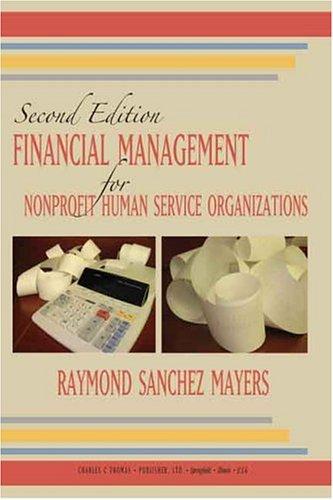Question
Suppose blue-eyed people are more likely to lose their expensive watches than brown-eyed people. Specifically, there is an 80% chance that a blue-eyed individual will
Suppose blue-eyed people are more likely to lose their expensive watches than brown-eyed people. Specifically, there is an 80% chance that a blue-eyed individual will lose a $1000 watch during a year, but only a 20% chance that a brown-eyed person will. Blue-eyed and brown-eyed people are equally represented in the population.
If an insurance company assumes blue-eyed and brown-eyed people are equally likely to buy watch-loss insurance, what will the fair insurance premium be and if blue-eyed and brown-eyed individuals all have current wealth of $10,000 with a utility functions of the form U = ln W , will both types of individuals buy watch insurance at the premium calculated? Why or why not? I think I just need to see this worked out since I am not caught up with the risk section in econ.
Step by Step Solution
There are 3 Steps involved in it
Step: 1

Get Instant Access to Expert-Tailored Solutions
See step-by-step solutions with expert insights and AI powered tools for academic success
Step: 2

Step: 3

Ace Your Homework with AI
Get the answers you need in no time with our AI-driven, step-by-step assistance
Get Started


